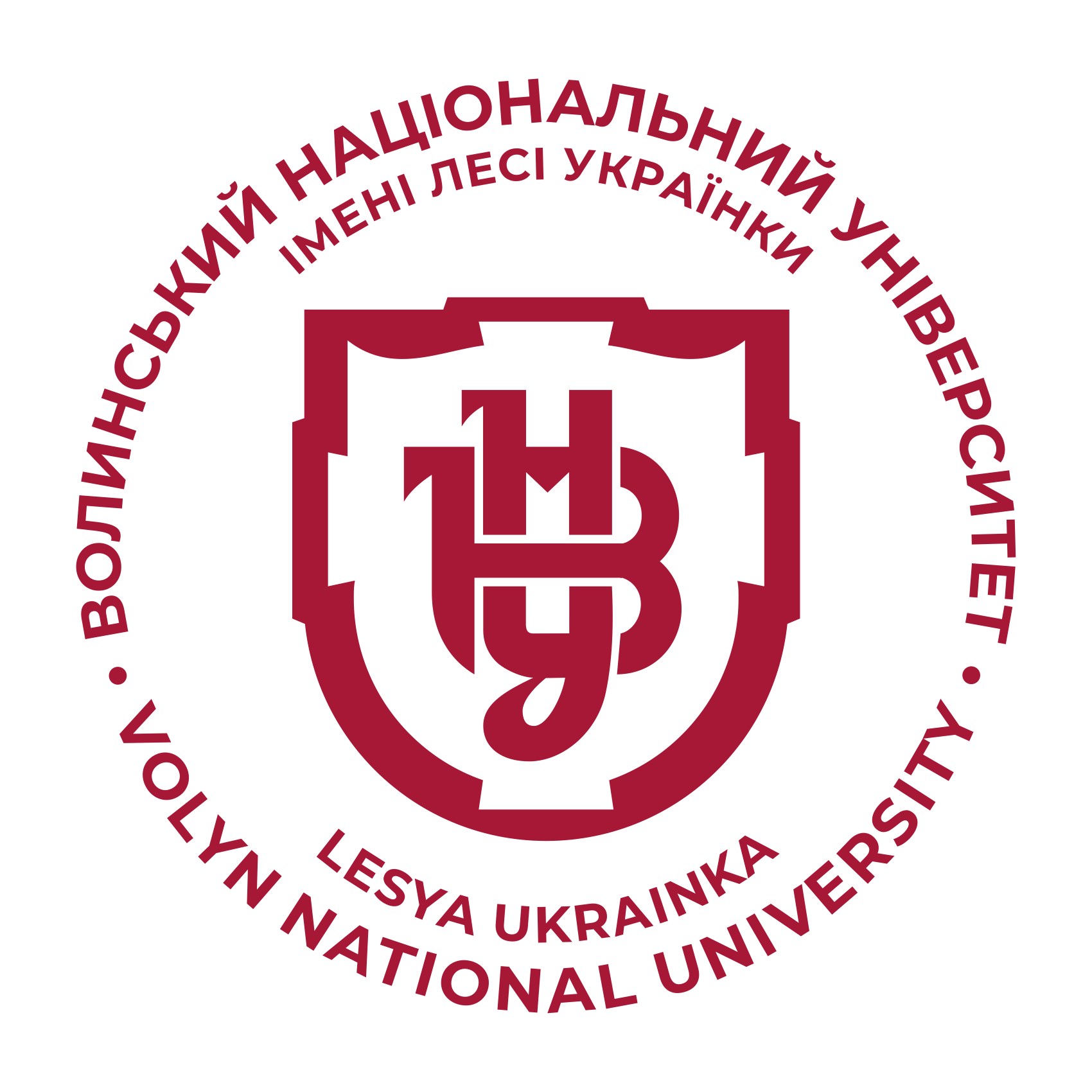THE USE IN UKRAINE OF THE EXPERIENCE OF FINANCING GOVERNMENTAL EXPENDITURES ON EDUCATION IN THE COUNTRIES OF THE EUROPEAN UNION
DOI:
https://doi.org/10.29038/2786-4618-2021-03-6-13Keywords:
Key words: strategic acts, dynamics, ways of financing, directions of implementation.Abstract
Annotation. In the current conditions of Ukraine's development the financing of education gains the special relevance due to the universal demand for the formation of educated young generation. In this context, the use of foreign experience in financing educational needs is a significant addition to the domestic pragmatics.
Introduction. The aim is to study the peculiarities of the experience of education financing in the EU countries according to the specified criteria and to develop the ways of its implementation in the domestic realities. Accordingly, the tasks are: to substantiate complex approaches to the implementation of this experience within the areas; to identify differences in the financing of education in Ukraine and other EU countries; to assess the reality of implementation of individual components of this experience.
Results. Using the works of domestic and foreign scientists and our own research methodology, we have developed comprehensive directions for the use of this experience. These areas include a list of subjects of the use of experience, regulatory support, analysis of education financing in the European Union, the formation of algorithms, schemes, mechanisms, models of use of foreign experience.As a result of analysis of features of education financing in the selected EU countries, we compared them with domestic in the context of possible experience borrowing and identified features that are focused on two trends - downward and upward.The top-down included: the decrease in spending on education in% of GDP in 2019 compared with 2011 in Luxembourg, Austria, Slovenia, Poland, Romania, Hungary and Ukraine; a dynamic decrease in total expenditure on education for several consecutive years, including: in Slovenia in the period from 2012 to 2017, as well as in Ukraine and Ukraine. Compared to 2011; in the Czech Republic, from 2012 to 2916 compared to 2011; in Romania, from 2012 to 2015, compared to 2011; in Ukraine, from 2014 to 2019 and others.The ascending ones include: an increase in total education spending in 2019 compared to 2011 in all countries, including Ukraine; an increase in education spending as a % of GDP in 2019 compared to 2011 in the Czech Republic, which is the only country among those analyzed; an increase in education spending per capita in 2019 compared to 2011 in all countries, including Ukraine.The specified features of financing of education in the EU countries and in Ukraine are evaluated and it is proved that in Ukraine it is reasonable to use the tendencies of gradual increase of both total expenditures and by % of GDP.
Сonclusions. Using the experience of financing education in foreign countries is an important basis for solving an important national task. This task is the provision of literacy of the population. It is indicated that this experience can be used both at the level of educational and scientific institutions, and in authorities, including central ones, which deal with educational processes.
References
2. Barrios S., Schaechter A. The quality of public finances and economic growth. Directorate-General for Economic and Financial Affairs Publications. European Commission. Brussels, Belgium. 50 р.
3. Siddique H. M. A., Ghulam Mohey-ud-din and Kiani A. Health, Education and Economic Growth Nexus: Evidence from Middle Income Countries. Global Social Sciences Review, 2018, vol. 3, issue 4, 68-86 рр.
4. Bildung in Deutschland 2018. Autorengruppe Bildungsberichterstattung. Wbv. 2018. 377 s.
5. Shevchuk A. V. Vykorystannia zarubizhnoho dosvidu dlia upravlinnia rozvytkom rehionalnykh osvitnikh system Ukrainy. Problemy ekonomiky № 3, 2014. S.164-170.
6. Mospan N. V. Tendentsii rozvytku mekhanizmiv finansuvannia vyshchoi osvity v Yevropeiskomu Soiuzi. Narodna osvita. 2015. Vyp. 1(25). URL: http://narodnaosvita.kiev.ua/?page_id=2644 (data zvernennia: 21.08.2021).
7. Rainova L. B. Formulne finansuvannia vyshchoi osvity v krainakh YeS. Naukovi pratsi NDFI. 2018, № 2 (83). S. 133-145.
8. Standards and Guidelines for Quality Assurance in the European Higher Education Area. URL: http://www.enqa.eu/files/ESG_ 3edition%20(2).pdf. (data zvernennia: 21.08.2021).
9. Graz Declaration 2003 Forward from Berlin: the Role of the Universities. URL: http://www.unizg.hr/rz/dokumenti/grazdec.pdf. (data zvernennia: 21.08.2021).
10. Yevropeiskyi dosvid dlia stvorennia efektyvnoi systemy kontroliu ta otsinky yakosti vyshchoi osvity v Ukraini. Analitychna zapyska. Viddil humanitarnoi polityky (M. Karpenko). Natsionalnyi instytut stratehichnykh doslidzhen. URL: http://old2.niss.gov.ua/articles/745. (data zvernennia: 22.08.2021).
11. Uhoda pro asotsiatsiiu mizh Ukrainoiu, z odniiei storony, ta Yevropeiskym Soiuzom, Yevropeiskym spivtovarystvom z atomnoi enerhii i yikhnimy derzhavamy-chlenamy, z inshoi storony. Redaktsiia vid 30.11.2015. Verkhovna Rada Ukrainy. URL: https://zakon.rada.gov.ua/ laws/show/984_011#Text. (data zvernennia: 21.08.2021).
12. Uhoda mizh Ukrainoiu ta Yevropeiskym Spivtovarystvom pro naukove i tekhnolohichne spivrobitnytstvo. Uhodu ratyfikovana Zakonom N 368-IV ( 368-15 ) vid 25.12.2002. URL: https://zakon.rada.gov.ua/ laws/show/994_194#Text. (data zvernennia: 21.08.2021).
13. General government expenditure by function (COFOG). Education. Eurostat. URL: https://ec.europa.eu/eurostat/databrowser/view/GOV_10A_ EXP__custom_1247011/default/table?lang=en. (data zvernennia: 21.08.2021).
14. Population on 1 January. Eurostat. URL: https://ec.europa.eu/ eurostat/databrowser/view/tps00001/default/table?lang=en. (data zvernennia: 21.08.2021).
15. Statystychnyi shchorichnyk Ukrainy za 2014 rik. Derzhavna sluzhba statystyky Ukrainy. 2015 r. K.: TOV «Avhust Treid», 2015. 552 s.
16. Statystychnyi shchorichnyk Ukrainy za 2019 rik. Derzhavna sluzhba statystyky Ukrainy. Za redaktsiieiu I. V. Vernera. Kyiv. DP «Derzhanalitinform», 2020. 464 s.
17. Valovoi vnutrennyi produkt. Mynfyn. URL: https://index.minfin.com.ua/economy/gdp/2011 /(data zvernennia: 21.08.2021).
18. Osvitnia reforma: rezultaty ta perspektyvy. Informatsiino-analitychnyi zbirnyk (2014-2019). Instytut osvitnoi analityky. K. 2019. 228 s.









